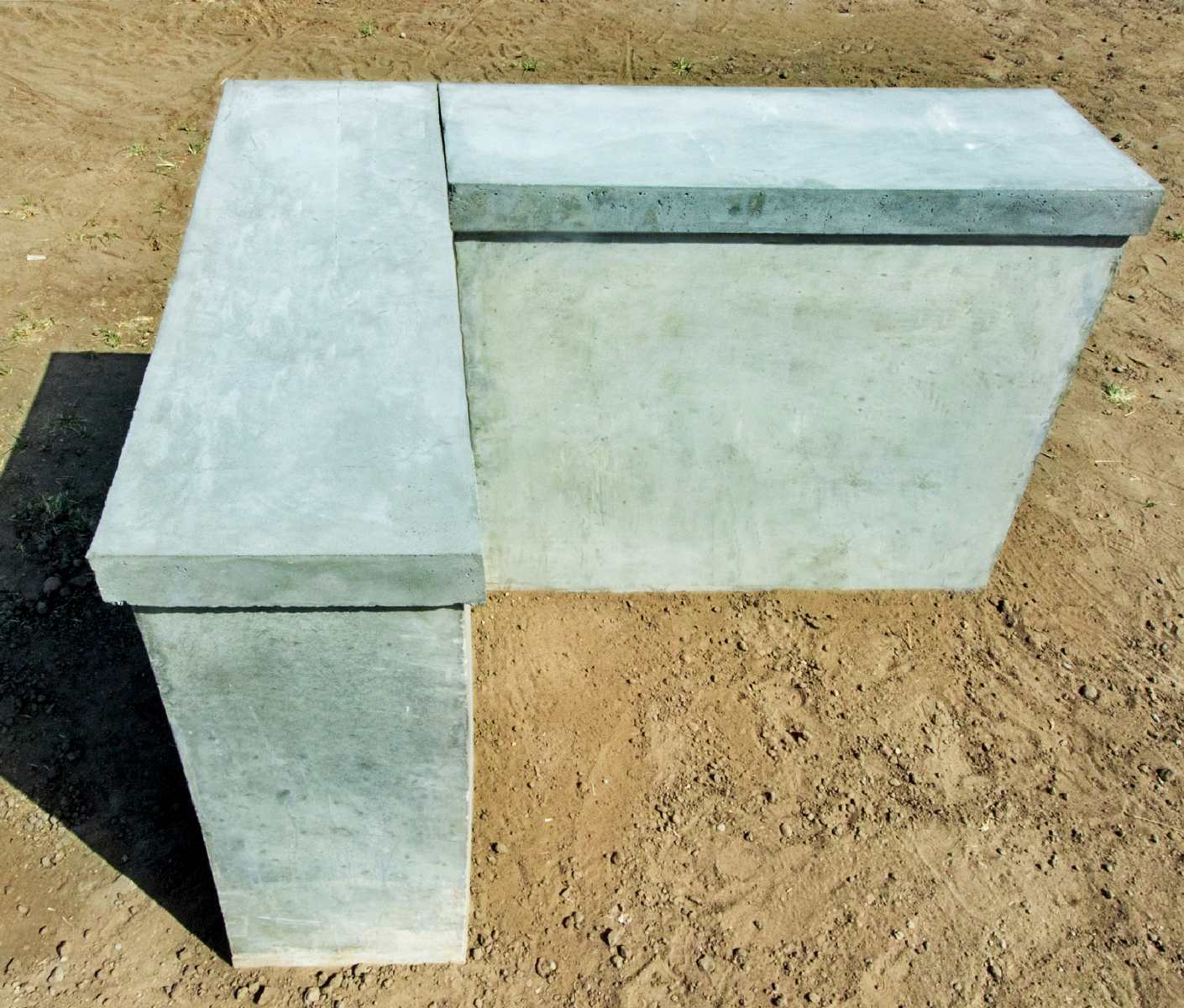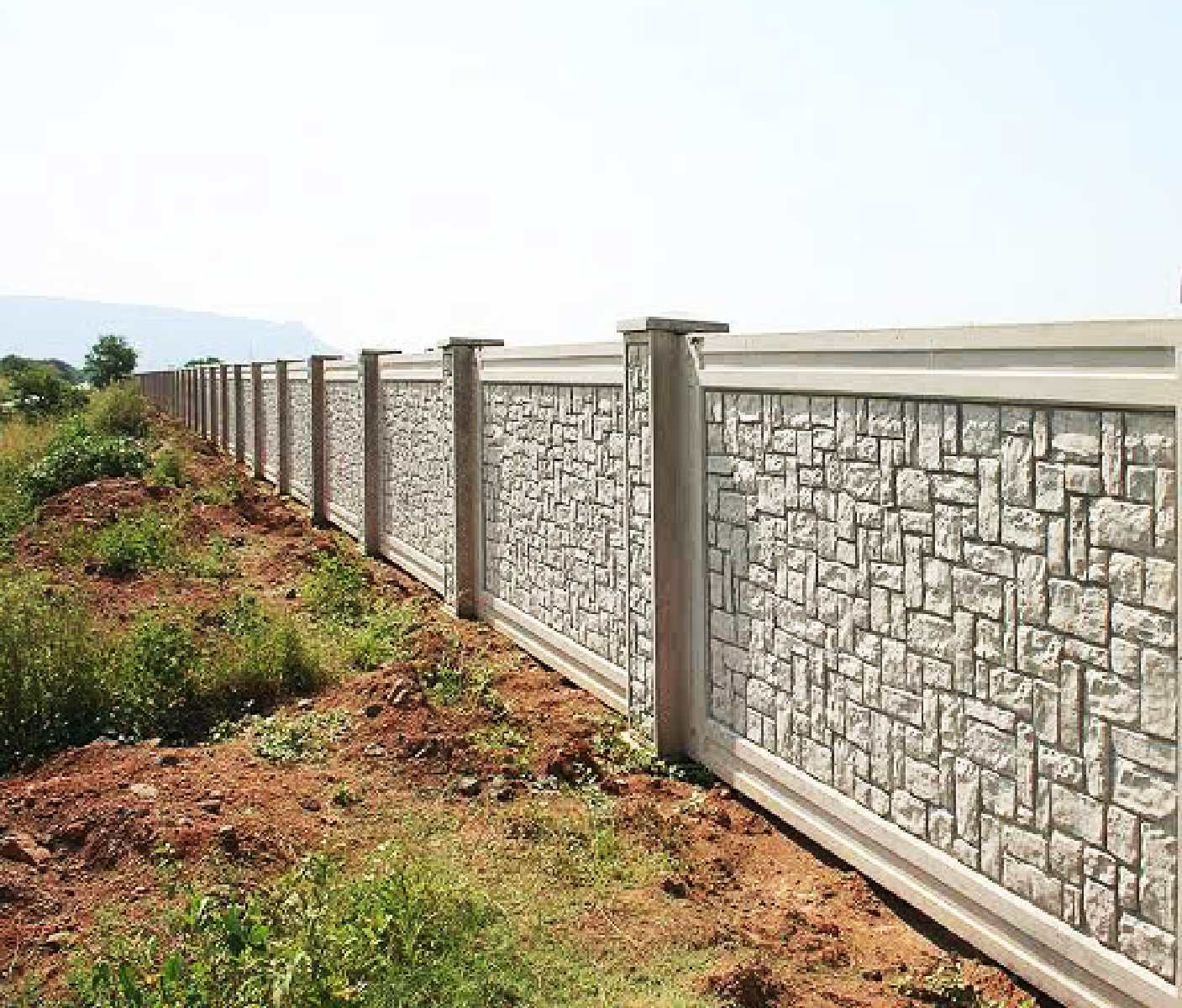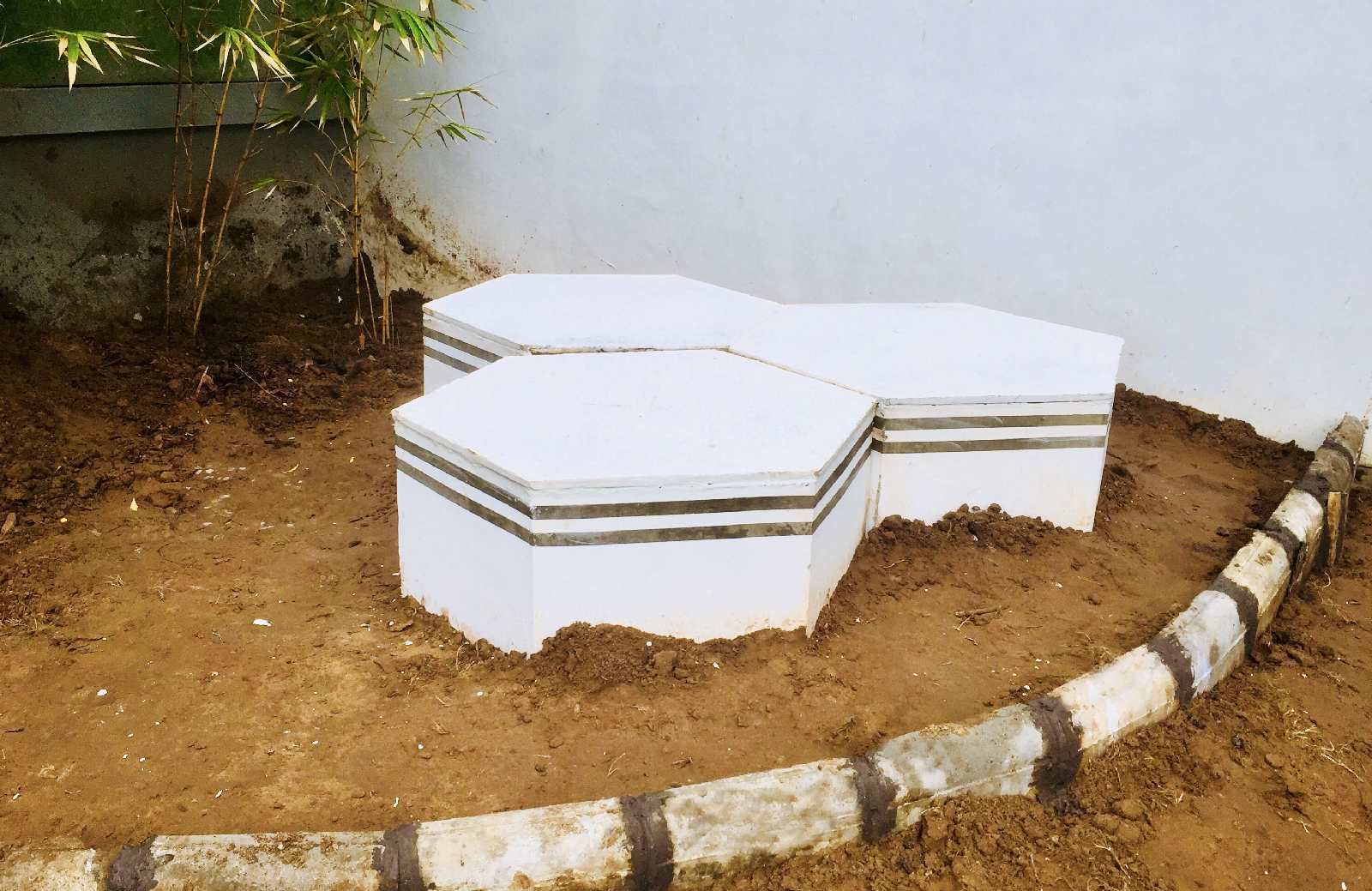Rain Water Harvesting
Owing to the claims of duty or obligations of business it will frequently occur that have to be repudiated & annoyances.Rainwater Harvesting is a method of saving rainwater and using it for future purposes. The process involves a natural or artificial container to collect the water and storing it in a germ-free environment for year-round household usage. The storage system are a product of mineralized composite concrete system to turn water alkaline with an average pH level of 7.5, cold and free from germs. Rainwater Harvesting can bring great relief to households and organizations who would like to reduce their dependency on a single source of supply.
Hexa-hump
Request A QuoteOur trademarked Hexa-hump is a mineralized precast concrete rainwater storage tank that neutralizes the rainwater with the help of natural ingredients. The nature of the tanks makes the water potable, meeting the WHO standards.
-
Places it can be installed
Residential spaces, small industries, and institutions
-
Benefits
-
Quality potable water
-
Lifetime maintenance free system
-
Removes the necessity of water purifiers
-
Healthy mineralized water
-
Maintains pH balance
-
Provides naturally treated alkaline water
-
Enriched with Vitamin B12
-
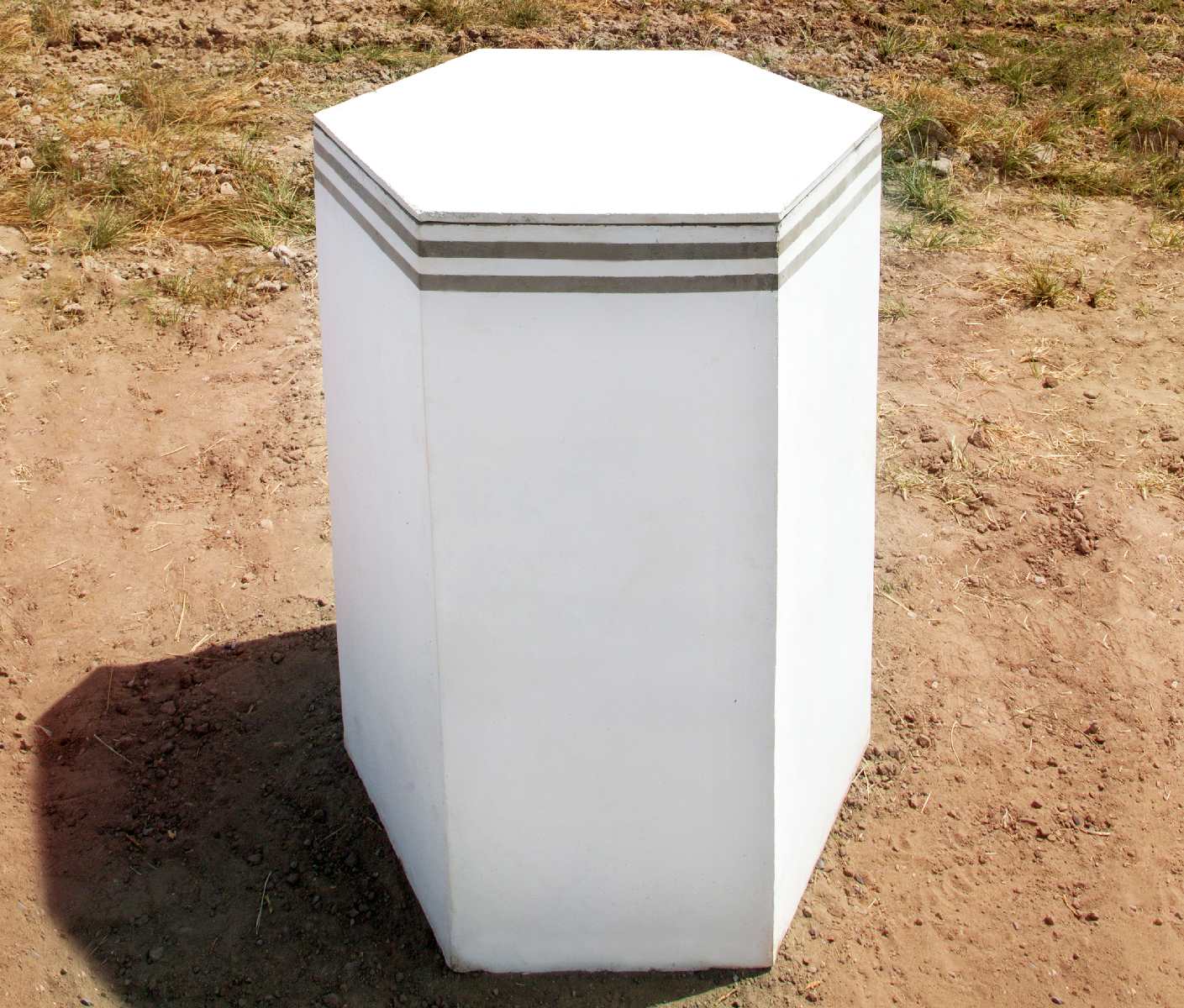
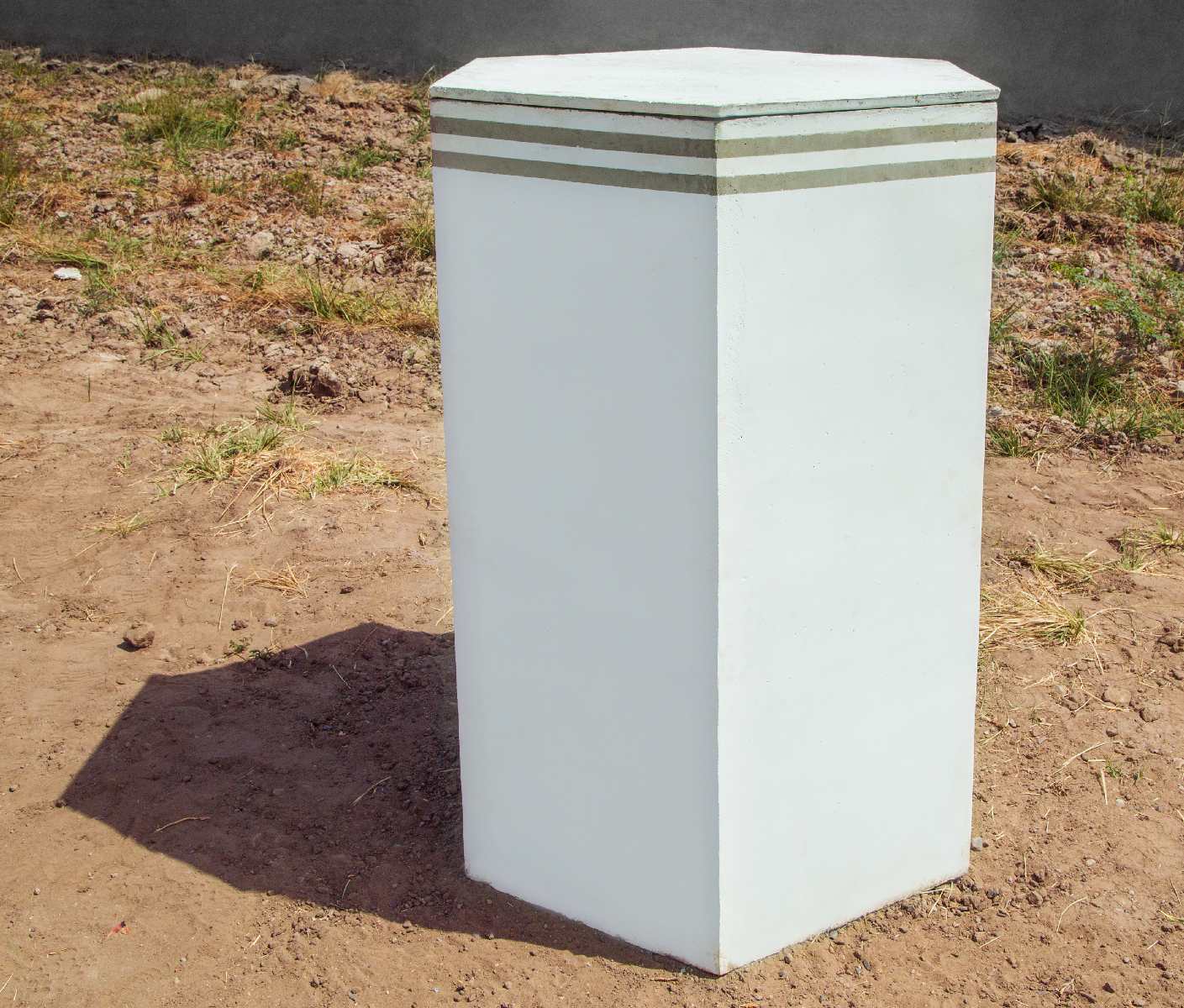
H2O Tanks
Request A QuoteOur H2O tanks are monolithic precast, high-performance mineralized concrete tanks that store rainwater for a longer period of time and are for above and underground application. The tanks are competitively priced and easy to install.
-
Places it can be installed
All residential spaces, small and big industries, and Govt. and Non-profit organizations
-
Benefits
-
Versatile and economical
-
Quick installation
-
Multiple QC approved system
-
Exceptional flexural and compressive strength
-
Easy to handle & transport
-
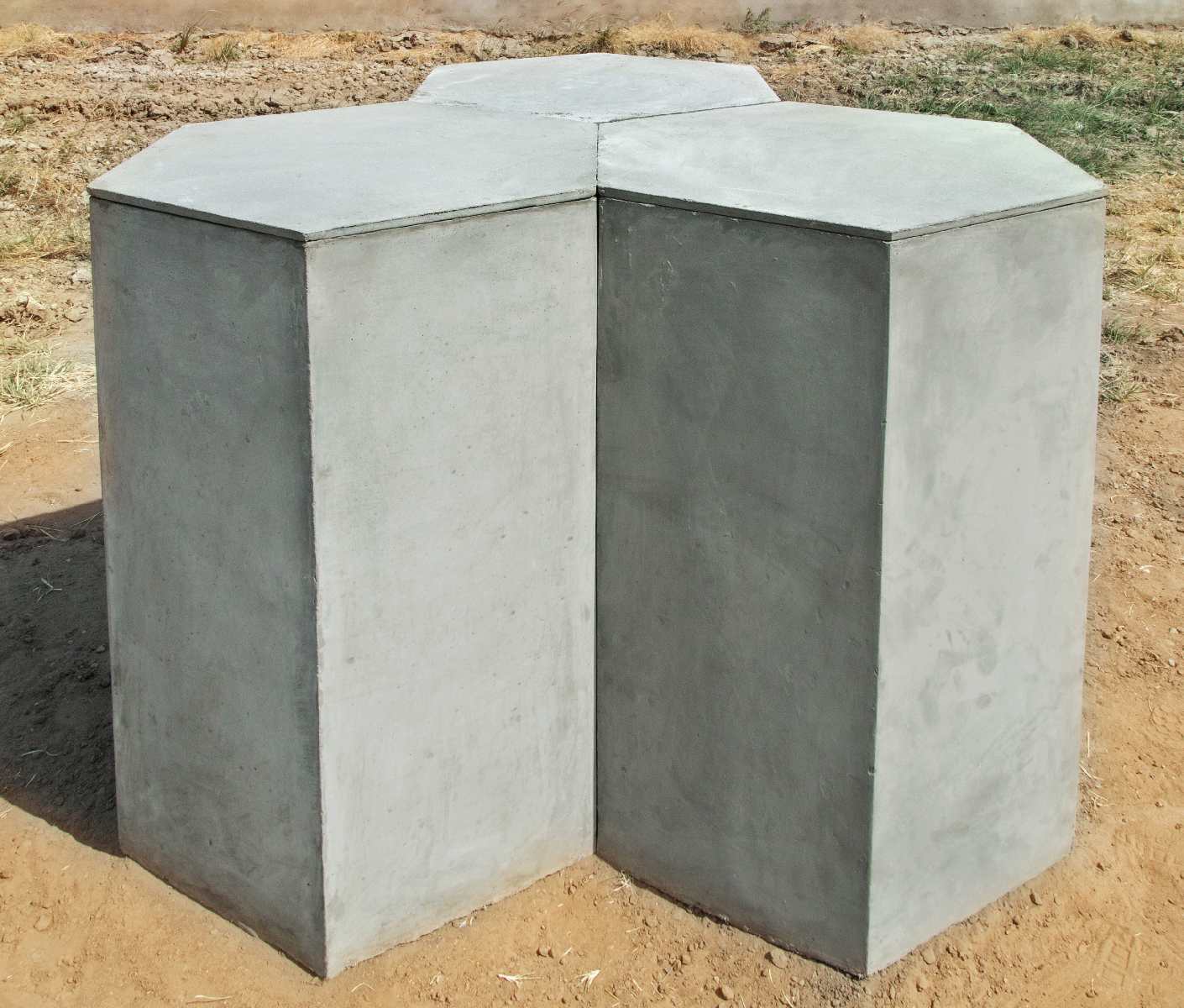
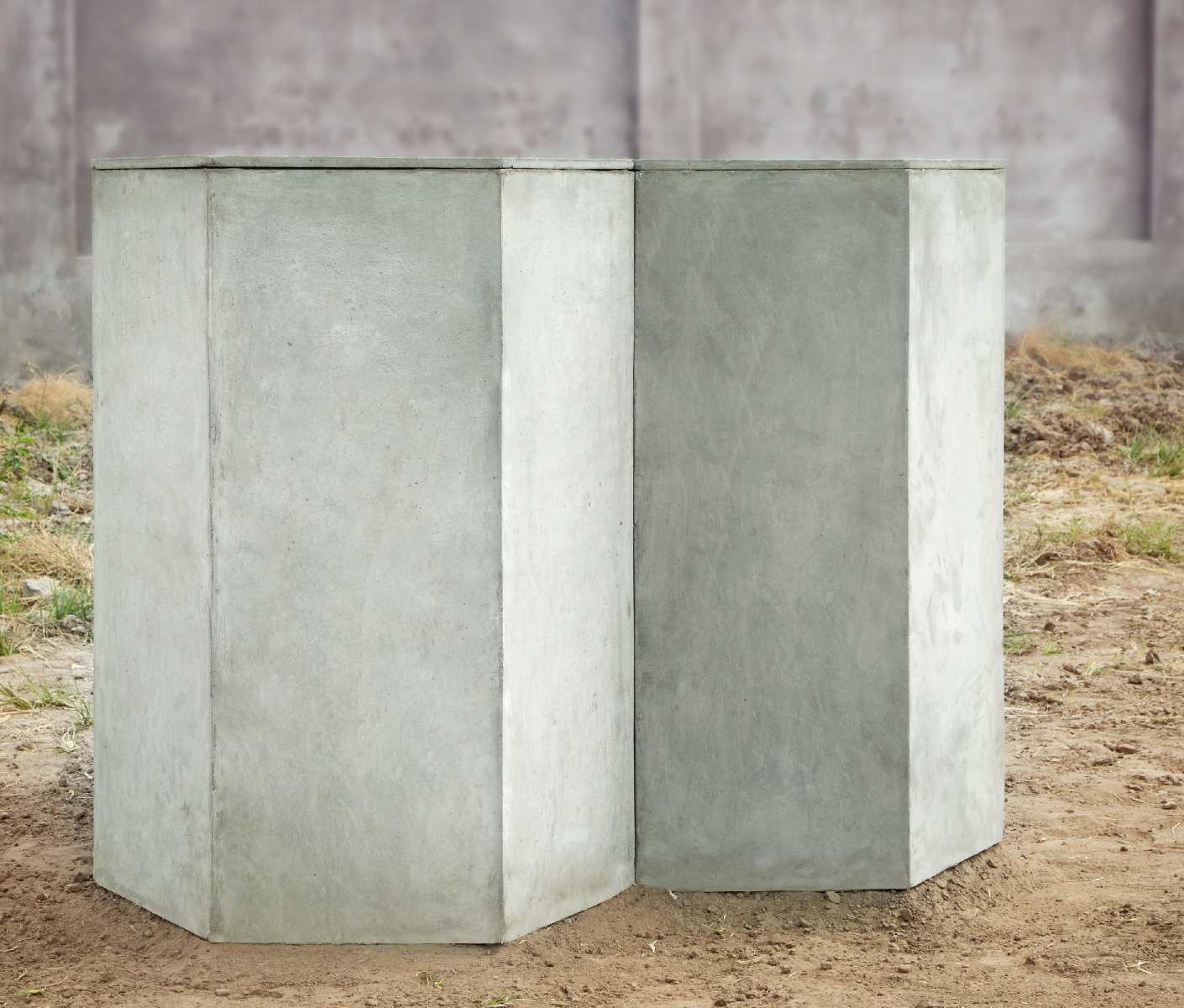
Water Fence
Request A QuoteLWater fence is a unique structure acting as a compound wall cum water holding tanks. Extremely sturdy, it can withstand strong winds as well as earthquakes. Our water fences are economically priced and easy to install.
-
Places it can be installed
All residential spaces, small and big industries, and Govt. and Non-profit organizations
-
Benefits
-
Cost effective than underground storage
-
Extremely sturdy structure
-
Economical security fence
-
Wind and earthquake resistant
-
Highly portable and space efficient
-
Temporary water holding tanks on civil sites
-
Constructs reed bed systems
-
Fencing cum storing tanks with potable water
-
